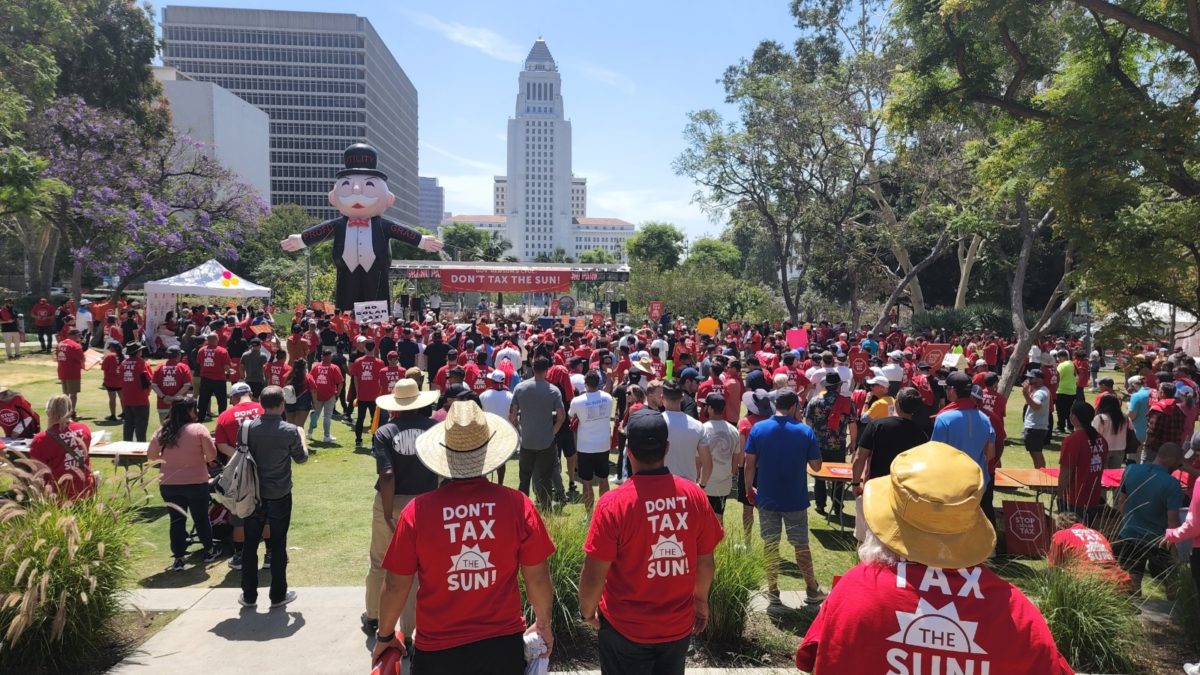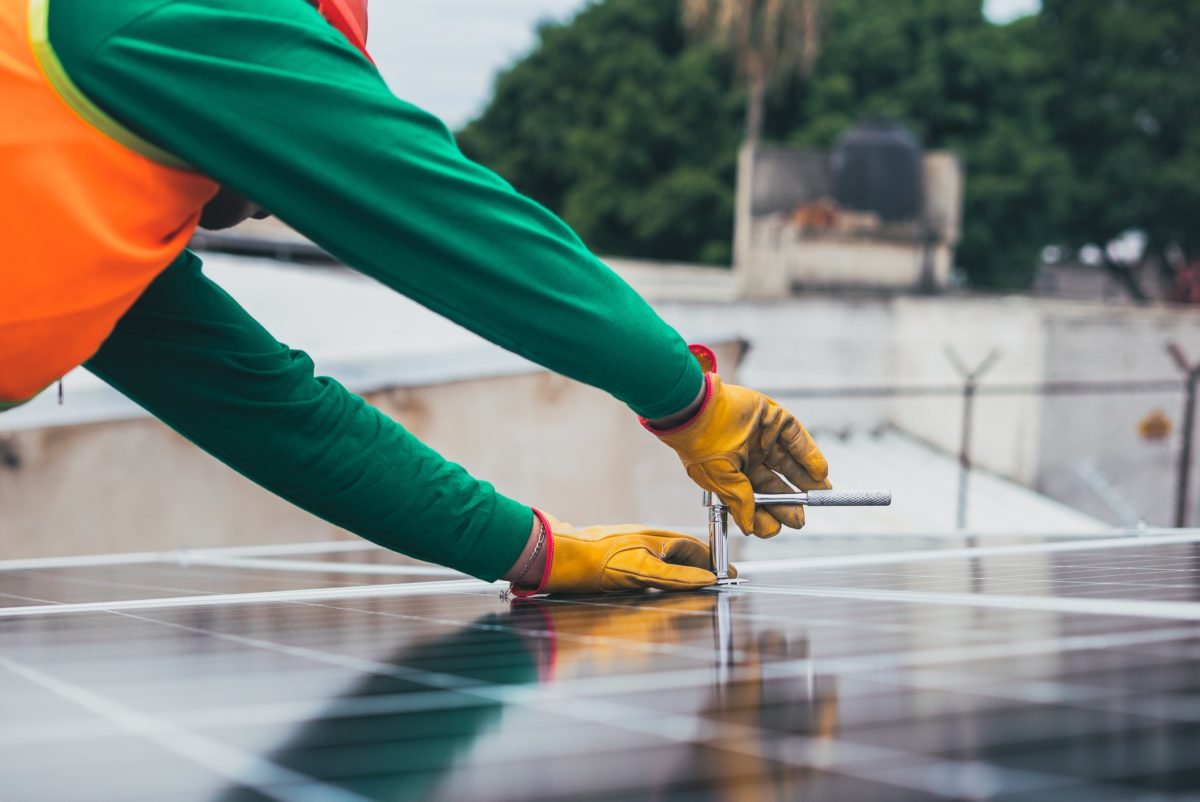The California Public Utilities Commission (CPUC) has made another anti-rooftop solar decision, ruling that solar-plus-storage customers cannot export electricity to the grid in exchange for an offset of their utility delivery charges.
Under current billing structures, rooftop solar owners are encouraged to attach batteries so that they can export electricity during times of high demand on the grid. This dispatch of electricity helps reduce the amount of inefficient natural gas “peaker” plants in operation on the grid and smooths supply and demand, leading to stable pricing across the grid. Now, under the new ruling, “delivery” and “generation” charges on utility bills are classified separately, and customers are not allowed to use solar-battery exports to offset “delivery” charges set by the utility.
“While the solar and storage industry adapts to an abrupt shift to net billing, the CPUC has added insult to injury with a series of damaging decisions that completely change the environment for rooftop solar in California,” said Abigail Ross Hopper, president and chief executive officer, Solar Energy Industries Association (SEIA).
California’s once-flourishing rooftop solar market is now reeling from a year of rulemaking decisions by CPUC, which has shown a proclivity to support the interests of its major investor-owned utilities Pacific Gas and Electric, Southern California Edison, and San Diego Gas and Electric.
Last December, the CPUC transitioned to a net billing format for single-family rooftop solar customers, pushing the state into NEM 3.0. Checks of utility interconnection queues show that requests for new solar array connections have fallen by about 80% since the transition to net billing was made. Nearly 20,000 solar workers have been laid off following the decision.

Image: Sun Green Systems / Twitter
In another anti-solar move, this past November the Commission moved to make cuts to the value of rooftop solar export compensation for multi-metered accounts like apartment buildings, schools, and farms.
The justification for these cuts was to help restore balance to the imbalanced supply and demand caused by intermittent generation. The net metering rate cuts were promised by CPUC to incentivize more battery energy storage adoption alongside solar, making beneficial upgrades to an increasingly renewables-dominated grid.
However, this recent third ruling that negates part of the value of solar-plus-storage systems flies in the face of CPUC’s purported goals for supported more distributed storage on the grid. Analysts estimate that the ruling will shave another 10% to 15% off the savings provided by a solar-plus-storage system, thereby extending the average return on investment from about four to seven year to nine years or more.
SEIA estimates the residential solar market will decline by 40% next year, and the state’s commercial rooftop sector is expected to decline by 25% from 2024 to 2025 as a result of recent rulings.
“The solar and storage industry is calling on state leaders and the CPUC to change course before they cause more damage to America’s leading clean energy market,” said Ross Hopper.
Unfortunately for Californians, more damage may be on the way. The state’s major investor-owned utilities have pushed forward proposals to assess fixed monthly charges on all ratepayers, whether or not they are pulling any electricity from the grid. The new income-based fixed charges would average $50 to $70 per month and are expected to have an outsized negative impact on Californians that currently pay small electric bills.
This content is protected by copyright and may not be reused. If you want to cooperate with us and would like to reuse some of our content, please contact: editors@pv-magazine.com.









This wreaks of State control with no consideration for the good of the citizens of the State-something that has become commonplace in California! We the people are NOT a cash-cow to be used by the State Government for their benefit! They exist to better the lives of their people, not reap the benefits at our expense!
This is really going to far and too fast… the legislature and governor need to get involved and set better guard rails for CPUC policymaking. Solar is supposed to be lucrative, that’s the point of incentives. I can see adjusting the system to be only so lucrative as to not be wasteful and to incentivize storage but they seem to have entirely lost the plot.
And maybe you feel you’re ok since you’re grandfathered in. What do you think happens to your solar warranty when your solar company goes out of business?
What bill or ruling are you referencing?
Another ridiculous and disgusting move by the CPUC, kowtowing once again to the utility companies’ interests rather than protecting the environment and California citizens.
The Public Utility Commission is necessary because utility companies have a virtual monopoly on energy and if the Commission doesn’t perform its duties, PG&E, So Cal Edison, and SD Gas & Electric are free to impose unreasonable rates for energy use…which I would argue is exactly what is happening.
To the CPUC I say, protect the Public and not the Corporations!
This is not the State of California, but rather the three major electrical utilities. They are running scared because their previous business model is now obsolete. At first they supported solar power to reduce the need for new expensive power plants— but that worked too well. If everyone had solar, they would be out of business.
The Utility Robber Barons aren’t even trying to hide their nefarious plans any more — What’s Mine is Mine, and what’s Your’s is also Mine. We will soon be hammered by electrical junk fees: meter charge, connection charge, power line charge, transformer charge, or anything else they can think of.
My solar power system went on-line seven months ago and I have not purchased one KwH since. But now, it seems, that the power company wants “Their” money back
The California Public Utilities Commission (CPUC) needs to be replaced by persons who are not bought-and paid-for Tools of the Utilities,but rather work for the interest of the populace.
I don’t have solar. When I can afford a system, it will be one which is off-grid. The battery storage systems now starting to be sold are good enough to last 15 years of daily usage. And for ground-mounted panels, these systems are now plug and play. A few more outages during summer and that day is fast approaching.
We need to write to our legislators to oppose the latest utility tax.
I had a thriving business before this travesty was imposed upon us. 49 million in sales in 2022, yet we had to close our doors. We were rank #21 on inc5000 and this year we ranked again in the top 500 fastest growing companies. The CPUC destroyed us and harmed 150 employees and many many customers and vendors we were in business with.
It is unfathomable what the CPUC is allowing the energy companies to do to a renewable energy attempt by the public. We paid for and maintain the systems. Their is no risk to them other than not making the crazy profits they are accustomed to. We went into this as allies but they have turned this into all about themselves and stockholders. When will this abandonment of logical thinking end! It has turned into greed over environment. Will this cause more Californians to follow the current exodus to other states? As a native Californian, I am saddened to what is happening to our once beautiful state. 😩
Well, the chickens have come home to roost here in ojai. I have learned more here than in 4 days trying to talk to edison. Now i know why my solar contractor does not return my attempts to talk. I have a in ground solar array installed 2020. Monthly bill was still more than i had expected but manageable. Now they want and end of year settlement of over 900$